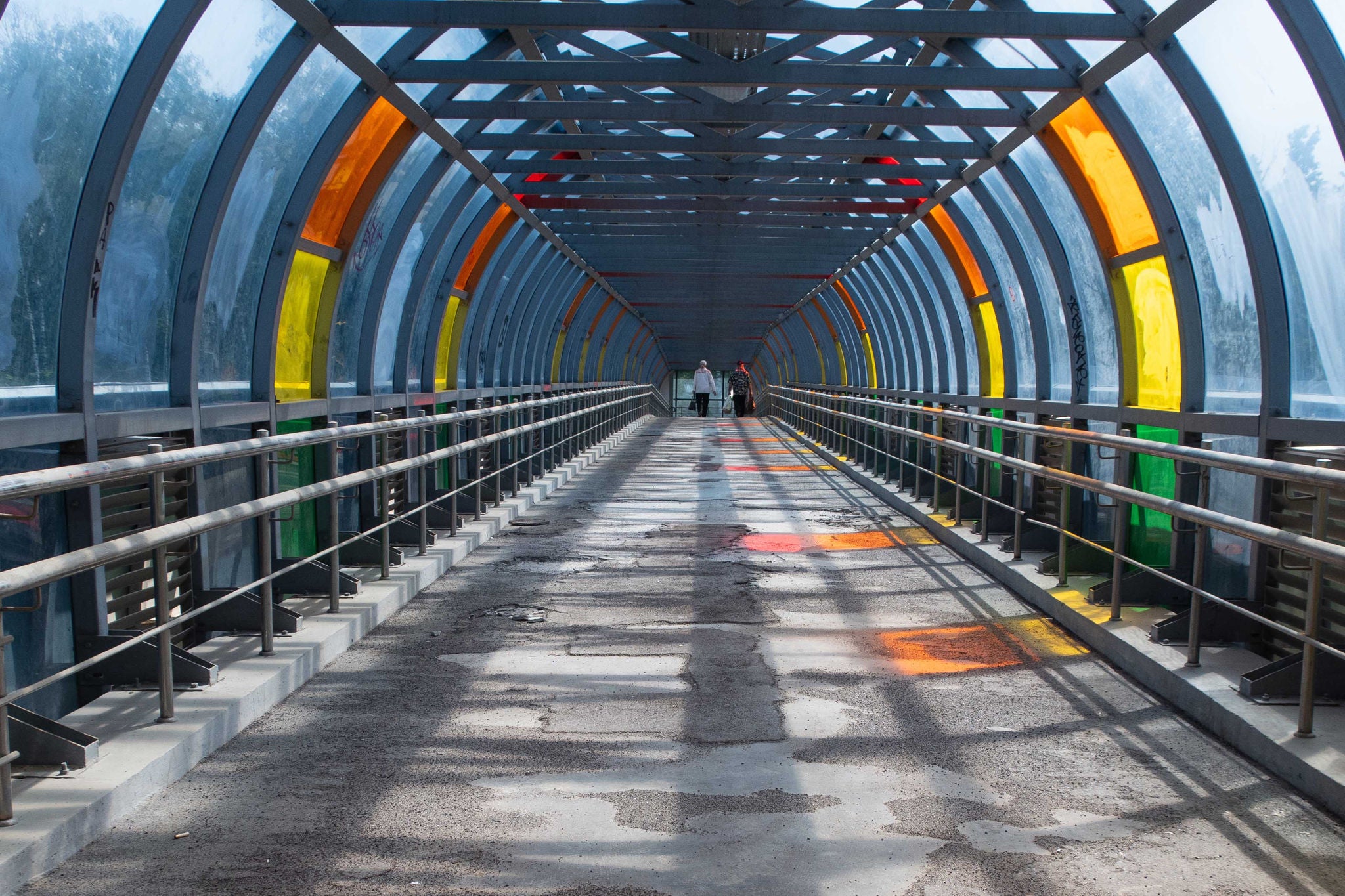EY refers to the global organization, and may refer to one or more, of the member firms of Ernst & Young Global Limited, each of which is a separate legal entity. Ernst & Young Global Limited, a UK company limited by guarantee, does not provide services to clients.
How EY can help
-
Construction firms must plan to meet the demands of an increasingly digital world.
Read more
The sustainability benefits of digital buildings correlate closely with overall efficiency, but also to workplace experience and the desire of workers to be associated with socially responsible entities. A majority, 94%, of our respondents said environmental, social and governance (ESG) considerations have been incorporated into their overall strategic business plan. Additionally, 97% believe that key performance indicators have been established for building sustainability. Among other things, connections with IoT data can help companies reduce power usage. Leaving an overall greener footprint with an eco-friendlier approach also keeps companies in step with current and prospective employees, who increasingly cite environmental sustainability as a priority in their career choices. Some 94% of Generation Z believe companies should help address social and environmental issues.1
“Real estate management is much more than thinking about real estate as an asset, but also considering sustainability and all the new challenges companies are confronting,” says Florian Schwalm, an EY consultant based in Germany. “It’s not only the brick and mortar that we considered in the past; it’s the interface to operating equipment, to IT and to the regulatory framework environment, which is more and more challenging, especially in chemicals and life sciences.”











